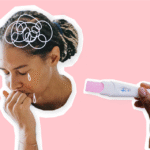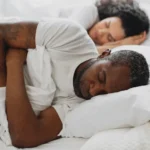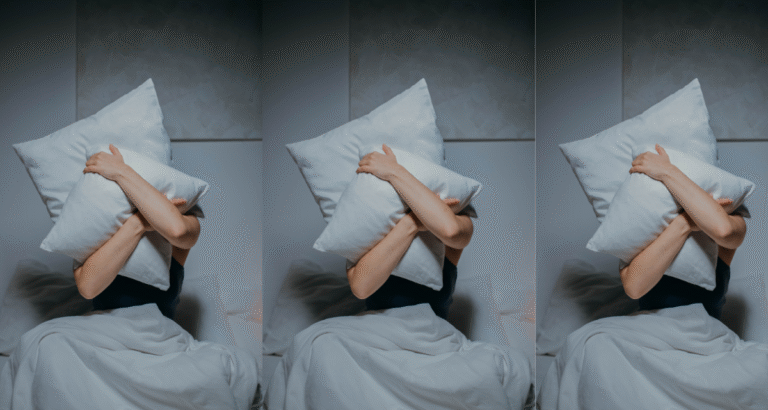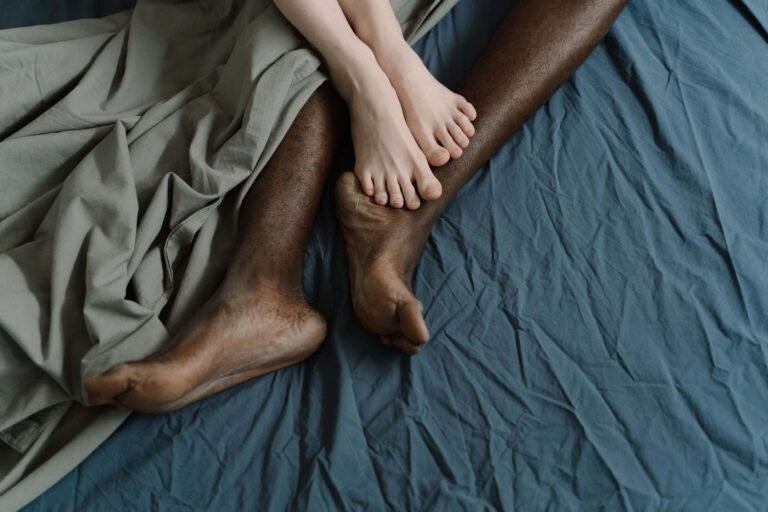Breast pain during menopause and its preceding stage, perimenopause, is a symptom that some women experience and is often a cause for concern.
However, this condition tends to be benign, with hormonal changes being its main cause, specifically those that occur with the end of fertile life and the definitive cessation of ovulation.
In women in their 40s who are transitioning toward menopause, it is often a case of breast pain related to the menstrual cycle ( mastodynia ). This means that it intensifies during the two weeks before the start of the menstrual period and decreases later.
In this case, it is one of the different premenstrual symptoms that can appear.
In women who are already in menopause, however, this breast pain is not related to the onset of menstruation and may occur continuously or intermittently. Furthermore, this mastalgia or breast pain frequently affects only one breast.
Discomfort can vary in intensity and is often described as a feeling of heaviness, tightness, and tension in the breasts, which may feel fuller. There may also be increased tenderness throughout the breast area.
Nipple pain during menopause is another discomfort that women often describe during this stage, and it can be quite sharp and stabbing.
Knowing why breast pain occurs, when to seek medical attention, and what can be done to relieve it is key to experiencing this stage with greater well-being.
Causes of breast pain during menopause
During a woman’s fertile life, hormonal secretion tends to be cyclical and orderly. However, during the years leading up to menopause, it becomes erratic, with peaks and valleys that begin to cause various symptoms.
Among the most frequent are hot flashes, vaginal dryness, pain during sexual intercourse, insomnia, and pelvic and lower back pain.
In the case of the breasts, hormonal fluctuations (especially estrogen and progesterone) cause more fluid retention and make them feel swollen, full, and tight.
These hormones can also affect how the breasts respond to breast cell growth, causing pain and tenderness.
Furthermore, with the definitive cessation of menstruation and the arrival of menopause, a woman’s breast continues to change.
The drop in estrogen levels causes atrophy of breast tissue, increases the percentage of breast fat, and causes them to lose firmness and fullness.
In this sense, large, droopy, or pendulous breasts tend to experience more pain and discomfort when the Cooper’s ligaments, which provide support to the breasts, are stretched.
All of this, along with the generalized dryness of the skin and mucous membranes that occurs during menopause, can cause increased feelings of tightness and itching. Nipples can even become flaky if not properly moisturized.
How to relieve breast pain during menopause
Various daily measures can be taken to combat breast pain during menopause.
1) Apply a cream for breast pain
There are specific creams for breast pain that help relieve the feeling of discomfort caused by breast tension.
They are not hormonal treatments, but rather contain active ingredients that help alleviate discomfort.
Among them, Gossypium herbaceum seed milk , rich in essential fatty acids and phospholipids, and glycyrrhetic acid, with anti-inflammatory properties.
Since they do not contain hormones, these breast pain creams can be applied whenever necessary.
Even so, it’s recommended to apply it at least twice a day (morning and night). At night, it’s best to apply it before bed so it can work during rest hours.
The massage performed to achieve the absorption of these creams also improves drainage and local microcirculation at the skin level.
At the same time, it is important to keep the area hydrated by applying an emollient cream containing ingredients such as urea, lactic acid, hyaluronic acid, or squalane.
Massaging with a cream specifically designed for breast pain, as well as making certain lifestyle changes, can provide significant relief.
2) Use painkillers and anti-inflammatories
If massaging with a specific cream for breast pain is insufficient, occasional use of paracetamol or ibuprofen can help control the discomfort.
A cream containing a nonsteroidal anti-inflammatory drug or progesterone may also be prescribed to be applied directly to the area of pain.
3) Consume food supplements
Evening primrose oil supplements may change the balance of fatty acids in cells, which may reduce the severity of mastalgia.
Chasteberry extract ( Vitex agnus castus ) is also commonly used when mastodynia is associated with hormonal changes in women.
In parallel, various studies have demonstrated a possible beneficial effect of vitamin E for breast pain before menstruation.
In one of them, symptoms of mastodynia improved after taking 200 international units of vitamin E for 2 months.
4) Make changes to your diet
Following a diet rich in anti-inflammatory foods can help reduce breast pain. These include foods such as berries, citrus fruits, extra virgin olive oil, and fish rich in omega-3s.
Excess salt intake should also be avoided, and foods high in sodium should be avoided or limited to prevent fluid retention, which can lead to breast tenderness.
Another dietary change that some people may find helpful is reducing or eliminating caffeine . This includes not only coffee, but also tea, chocolate, and other stimulant beverages.
Fats are another food group that should also be reduced.
This is because some studies have found that a high-fat diet and caffeine consumption are associated with mastalgia.
5) Wear a well-fitting bra
It is important to wear a properly fitting, supportive bra, as well as a sports bra, when exercising.
6) Review the consumption of certain medications
Hormone therapies with estrogen and progesterone for menopausal women can cause breast pain.
Likewise, perimenopausal women who are taking birth control pills or undergoing fertility treatment may also experience this symptom.
Breast pain during menopause can also be a side effect of certain antidepressants, such as selective serotonin reuptake inhibitors. Other medications that can cause this discomfort include those used for high blood pressure and some antibiotics.
If you experience breast pain during menopause while taking these medications, you should consult your doctor to see if you can discontinue them, reduce the dose, or look for alternatives.
7) Reduce stress
Chronic stress can affect estrogen and progesterone levels, which can increase breast tenderness.
Any measures that help reduce stress will act as a preventative measure against breast pain during menopause. These include regular exercise, relaxation techniques, and improved sleep.
Only in very specific cases can hormonal treatments such as tamoxifen (anti-estrogen) or danazol (androgenic) be indicated.
However, these medications can have significant side effects, so they are only considered if the pain is very persistent and significantly affects quality of life.
When should you see a doctor for breast pain during menopause?
Breast pain is often a source of concern for women because they fear it could be a symptom of breast cancer.
However, the risk of developing this disease is very low in people whose main symptom is breast pain.
Even so, if preventive measures and treatment do not reduce the discomfort, you should consult a doctor.
Specifically, if mastalgia continues daily and lasts more than two weeks, occurs in a specific area of the breast, seems to worsen over time, interferes with daily activities, or disrupts sleep.





















+ There are no comments
Add yours